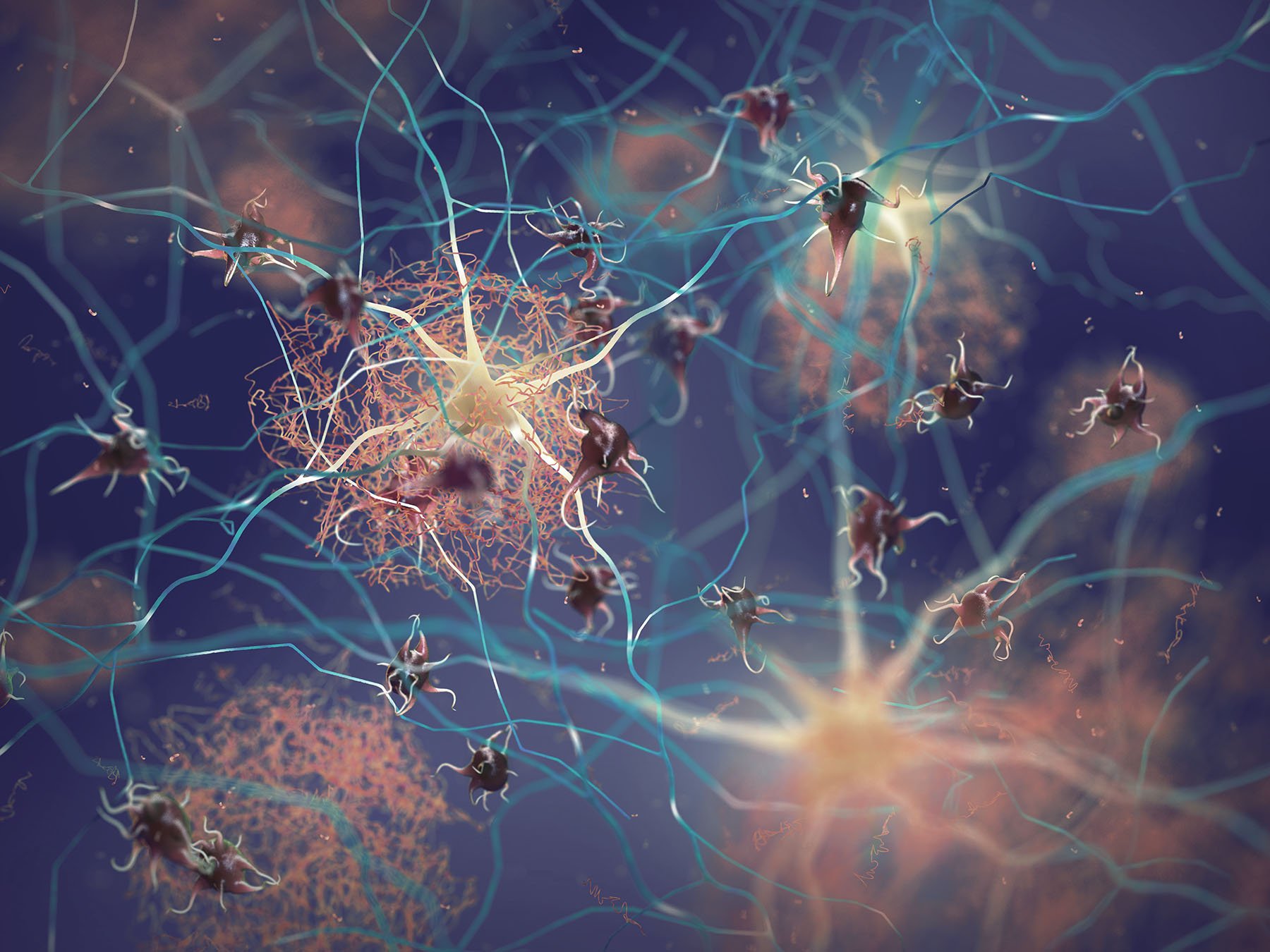The Paper:
“Breaking the vicious cycle: The interplay between loneliness, metabolic illness, and mental health”
Published: Frontiers in Psychiatry, March 2023
Where: Harvard Medical School
Authors: Minhal Ahmed, Ivo Cerda, and Dr. Molly Maloof, Levels Advisor
The Takeaway:
Loneliness is a growing public health epidemic associated with an increased risk of developing other illnesses, such as mental and metabolic health disorders, and premature death. The authors describe a potential causal mechanism explaining these connections and suggest that strategies that prevent loneliness could yield other positive health outcomes.
What it Looked at:
In 2021, the World Health Organization (WHO) reported that approximately 1 in 3 older adults in the US had feelings of loneliness. This article reviews research and data that links social isolation—which can lead to loneliness—to mental illness and metabolic dysfunction, two high-impact health crises. Beyond these links, the authors search for causal mechanisms that might explain how and why loneliness causes physical and mental illness.
What it Found:
The authors find ample epidemiological evidence for a link between loneliness and poor health. They describe studies showing that loneliness is a risk factor for other chronic illnesses and one showing that people who had social relationships had a significantly lower risk of dying during the 7.5-year study period. They also note that people experiencing long-term loneliness exhibit psychological and behavioral changes that may cause further social isolation and perpetuate loneliness. Further, research links loneliness to a number of physiological changes, including impaired immune system function and metabolic syndrome.
Risk Factors for Loneliness
- Genetics
- Having fewer or no siblings
- Being male
- Lower education levels
- Not being married or having children
- Chronic work or social stress
- Having physical health symptoms
Psychological and Behavioral Changes Associated With Loneliness
- Feeling unsafe, which leads to chronic hypervigilance, increased anxiety, and withdrawal from social interactions
- Negative cognitive biases
- Poorer self-regulation
- Poorer sleep and physical activity/exercise
- Substance use disorder
- Neuropsychiatric disorders (e.g., depression, anxiety disorders, and post-traumatic stress disorder)
Physiological Changes Associated With Loneliness
- Metabolic syndrome
- Impaired immune system function
- Greater risk of abdominal obesity in teens
- Greater risk of high blood pressure in older adults
What the Authors Suggest:
Loneliness and Mental and Metabolic Health Disorders
Though there exists strong evidence that lonely people are more likely to experience illness than non-lonely people, researchers have yet to show that social isolation causes illness or how that might work. The authors propose that the causal factor may be interactions between the nervous (i.e., brain, spinal cord, and nerves) and endocrine (i.e., hormone—the chemical messengers in the body) systems, also known as the neuroendocrine system. The proposed chain of events:
- Loneliness acts as a stressor. When the brain senses chronic loneliness, it may activate a stress pathway known as the hypothalamic-pituitary-adrenal (HPA) axis, which has been observed in people experiencing social isolation.
- HPA axis activation stimulates the production of the stress hormone cortisol. Persistently high cortisol levels are associated with accelerated biological aging and conditions of metabolic syndrome.
- HPA axis overstimulation may also cause resistance to hormones that regulate important functions such as cellular metabolism and shutting off the immune system, known as glucocorticoids. Importantly, glucocorticoids also help to turn off the HPA axis. A consequence of glucocorticoid resistance is chronic inflammation (sustained immune system activation), which has been reported to play a part in the development of various health disorders such as Type 2 diabetes, atherosclerosis, anxiety, and depression.
- Additionally, mitochondria—organelles within our cells that produce energy—detect and respond to hormones, such as those produced from HPA activation. Chronic exposure to stress signals, like those induced by loneliness, is known to cause mitochondrial damage and impair cellular metabolism. Because mitochondria play an essential role in regulating metabolism and generating energy for our cells and brain, this may explain why their dysfunction leads to metabolic and mental health disorders.
- Together, these consequences of sustained HPA axis activation (i.e., chronic inflammation and metabolic syndrome/dysfunction) may drive the development of metabolic health disorders and mental illness.
The hormone oxytocin has been suggested to inhibit the HPA axis indirectly. Because oxytocin is produced during positive social interactions, the authors argue that mitigating loneliness by improving social connection may help suppress HPA activation and prevent mental illness and metabolic syndrome development and progression.
Lastly, the authors propose that mental illness and metabolic disease can also act as drivers of loneliness. People with mental illness and metabolic disease may be subject to social stigmas, discrimination, and physical limitations that cause social isolation and loneliness—thereby tying these chronic illnesses together in a “vicious cycle”. The authors offer multiple interventions and strategies that could help protect against loneliness at the individual, community, and societal levels.
Proposed Interventions to Reduce Loneliness
At the individual level, the authors suggest building mental resilience (particularly stress resilience) and metabolic resilience to help protect against loneliness. This includes adopting practices such as journaling, meditation, breathing exercises, psychotherapy, healthy dietary changes, and increasing movement and exercise.
Connection at the community level through group gatherings and shared experiences is also believed to help reduce loneliness and might be even more effective than 1-on-1 strategies for connection. Group activities include religious gatherings, concerts, sports events, peer support groups, and communal meals and activities.
Societal-level interventions involve public policy changes that address loneliness in key institutions. For example, offering corporate wellness programs at workplaces, screening for loneliness at doctor’s visits and providing referrals to programs and resources that address loneliness, and increasing education focused on mental health (e.g., improving perceptions of self-worth) at schools and universities.
Why it Matters:
Loneliness is a significant public health epidemic in the US and is a risk factor for premature death and other rising chronic illnesses, such as mental illness and metabolic health disorders. Loneliness might be coupled in a “vicious cycle” with mental and metabolic health disorders, where one leads to the other. Therefore, treating loneliness may be a novel, actionable, and cost-effective strategy for breaking the “vicious cycle” and reducing the prevalence of these growing public health concerns.
Want to learn more about your metabolic health?
Levels, the health tech company behind this blog, helps people improve their metabolic health by showing how food and lifestyle impact your blood sugar, using continuous glucose monitoring (CGM), along with an app that offers personalized guidance and helps you build healthy habits. Click here to learn more about Levels.








